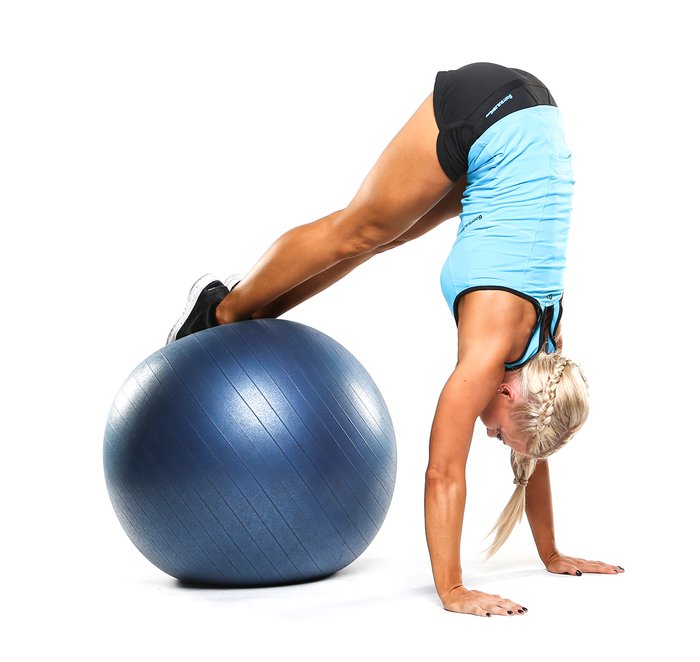Most people hear the term "core" and think sleek, sexy six-pack. But core doesn't just apply to rock-hard abs—it actually describes almost every muscle in your torso. From elite athletes to weekend warriors, everyone can benefit from a stronger core.
Core-specific training is often forgotten or neglected until the end of a workout, when you're already gassed. But a weak core doesn't protect the spine as well as it should, and increases your risk of injury while performing even the simplest of daily tasks.
Considering how many daily activities put you at risk by bending and twisting your spine, putting a little extra effort into building a solid core pays off in the end.
More Than Just a Six-Pack
The muscles that surround the spine and abdominal viscera are the major players of the core.[1] But the core doesn't stop at the torso. Many of the muscles crossing the hip—including the abdominal muscles, the gluteal complex, and the hip girdle—work with the upper-body musculature to stabilize and protect the spine. This includes the muscles of the pelvic floor, transversus abdominis, multifidus, external and internal obliques, rectus abdominis, erector spinae, longissimus thoracis, and the diaphragm.
Incorporating core training in your routine is essential for improving posture, increasing functionality and balance, and reducing risk of injury—all of which enhance physical development within any exercise program.
Here's a breakdown of how core training can benefit you:
- Improved Posture: Good posture is necessary to avoid back and neck pain and reduce your risk of injury.
- Increased Functionality and Performance: A strong core benefits you not only as an athlete, but also in all daily activities, especially as you age and become more susceptible to falls and injury.
- Better Balance and Coordination: Good core strength improves balance and coordination, which can shorten response times and improve agility, resulting in an overall increase in performance and a decreased risk of injury.
- Improved Spinal Support and Reduced Back Pain: Those who sit for long hours at a desk may unknowingly arch or hunch their back. Over time this often leads to chronic back pain. Strengthening the muscles surrounding the spine provides better support for the back and can reduce the frequency of back pain.
- Reduced Injury Risk: Improving posture, enhancing balance, coordination, and functionality, and increasing the strength of the muscles that support the spine all help reduce your risk of injury.
If you don't already include core work in your routine, add a few of these exercises in between your regular training sets, or put them together as a stand-alone workout 1-2 days per week. Your target rep range may vary depending on your current fitness level and goals, but start with lower weights and higher reps if core has not been your focus lately.

Core Exercises
- Plank
- Russian twist
- Glute bridge
- Good morning
- V-up or jackknife sit-up
- Mountain climber
- Pike on ab ball or with slides under feet
- Suspension trainer pike and plank
- Barbell ab rollout
- Decline sit-up
- Reverse crunch
- Lying leg raise
- Decline bench reverse crunch
- Roman chair
- Hanging leg raise
- Overhead squat and press
- Squat
- Deadlift
- Lunge
The simple addition of a balance ball, balance board, or medicine ball will ramp up the intensity. You can also add weight once you've mastered the basic movements and are ready to really challenge your core!
For more ideas on how to incorporate core work into your routine, check out "The No-Fuss, Build-Your-Own Ab Workout."
References
- Akuthota, V., Ferreiro, A., Moore, T., & Fredericson, M. (2008). Core stability exercise principles. Current Sports Medicine Reports, 7(1), 39-44.



